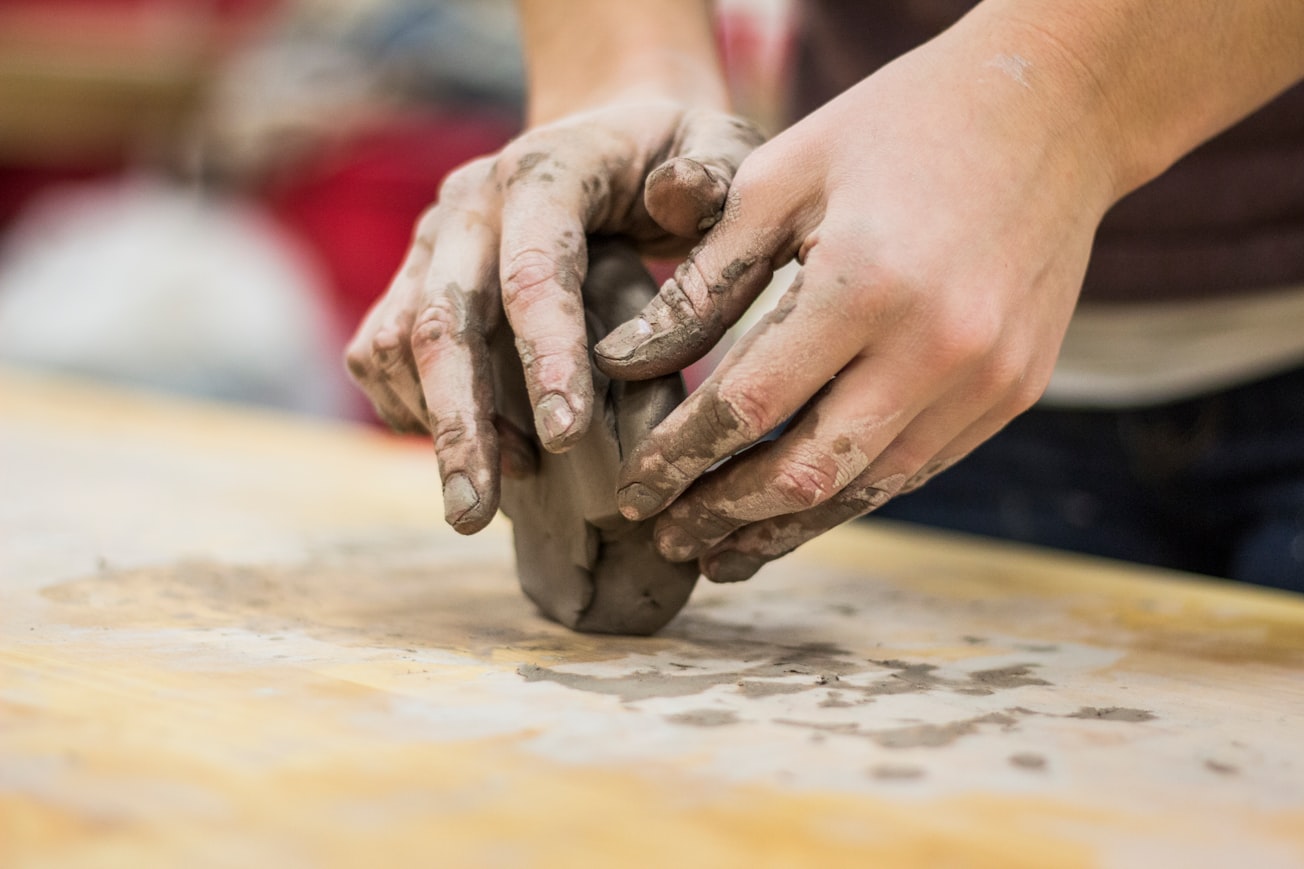What is it about?
The health humanities is a rapidly rising field, advancing an inclusive, democratizing, activist, applied, critical, and culturally diverse approach to delivering health and well-being through the arts and humanities. It has generated new kinds of interdisciplinary research, knowledge, and communities of practice globally. It has also acted to bring greater coherence and political force to contributions across a range of related disciplines and traditions. In this volume, a formidable set of authors explore the history, current state, and future of the health humanities, in particular how its vision of the arts and humanities: • Promotes creative public health.• Opens new routes to health and well-being.• Informs and drives better health care.• Interrogates relationships between ill health and social equality.• Develops humanist theory in relation to health and social care practice.• Foregrounds cultural difference as a resource for positive change in society.• Tests the humanity of an increasingly globalized health-care system.• Looks to overcome structural and process obstacles to cross-disciplinary ventures.• Champions co-construction, co-design, and mutuality in solving health and well-being challenges.• Showcases less familiar, prominent, or celebrated creative practices.• Includes multiple perspectives on the value and health benefits of the arts and humanities not limited to or dominated by medicine.
Featured Image

Photo by Alex Jones on Unsplash
Why is it important?
Ceramics has gained worldwide recognition as an effective therapeutic medium that can be used to promote health and well-being in many different settings and with diverse user groups. This has been particularly effective in the area of mental health, reducing the somatic symptoms of people with disabilities, and improving their spatial thinking and self-esteem. Clay is also being used with children as a means of self-expression. In spite of the potentially broad impact of creative practice with clay—not only on individual well-being, but on the groups and communities in which this work is located—most research in this area has tended to adopt an individualized approach and a primary concern with mental health issues. This chapter extends the concept of mental health recovery beyond individual clients to include those who work with them and the groups and communities in which they are located, thus integrating strategies and understandings that have previously been separated. It sets out the potential for mutual recovery in clay work.
Perspectives
Chapter 44 extends the concept of mental health recovery beyond individual clients to include those who work with them and the groups and communities in which they are located, thus integrating strategies and understandings that have previously been separated. It sets out the potential for mutual recovery in clay work. It is part of the book entitled "The Routledge Companion to Health Humanities" https://doi.org/10.4324/9780429469060
Dr Elaine Argyle
University of Nottingham
Read the Original
This page is a summary of: The Routledge Companion to Health Humanities, February 2020, Taylor & Francis,
DOI: 10.4324/9780429469060.
You can read the full text:
Contributors
The following have contributed to this page







